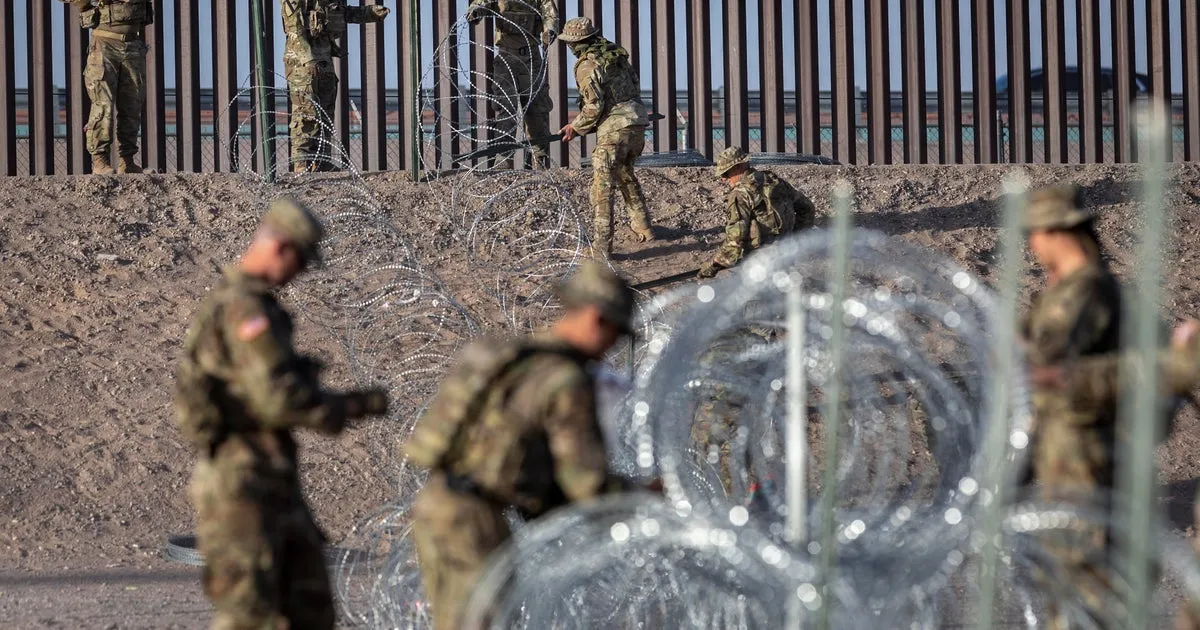
On Friday night, President Trump took a significant step in addressing border security by authorizing the military to take control of a strip of public land along the southern border. This decisive action comes amid escalating concerns regarding various threats that the United States faces, which the president claims necessitate a more direct military involvement in securing the nation's borders.
In a memorandum released by the White House, the president outlined the rationale behind this military intervention. He stated that the complexity of the current situation requires enhanced measures to protect the southern border. The order emphasizes the urgent need for the military to engage actively in border security efforts, a role that has evolved over time.
The memorandum instructs the Secretaries of Defense, Interior, Agriculture, and Homeland Security to transfer the jurisdiction of federal land along the southern border to the Department of Defense. This transfer will empower the military to undertake vital projects, including the construction of a border wall and the implementation of advanced detection and monitoring equipment.
Importantly, the military's mandate is not limited but rather broad, allowing for activities deemed reasonably necessary and appropriate to accomplish the mission of securing the southern border. Among the areas referenced in the executive order is the Roosevelt Reservation, a significant tract of land that spans across California, New Mexico, and Arizona, further highlighting the extensive nature of this initiative.
Secretary of Defense Pete Hegseth has been directed to commence a phased implementation of military operations on designated sections of public land. However, he also possesses the authority to expand military operations beyond initial boundaries to any public land along the southern border. This flexibility is designed to ensure a comprehensive approach to border security.
During a recent cabinet meeting, Secretary of the Department of Homeland Security Kristi Noem highlighted the positive trend in border security, noting that the U.S. has experienced record low numbers of illegal crossings at the southern border. For the second consecutive month, the country has reported the lowest number of encounters, showcasing the effectiveness of current border policies.
Since taking office, President Trump has been proactive in reshaping federal immigration and border policies. On his first day in office, he declared a national emergency at the southern border, signaling his administration’s commitment to addressing border security challenges head-on. This latest executive action underscores his ongoing efforts to fortify the nation’s borders against various threats.